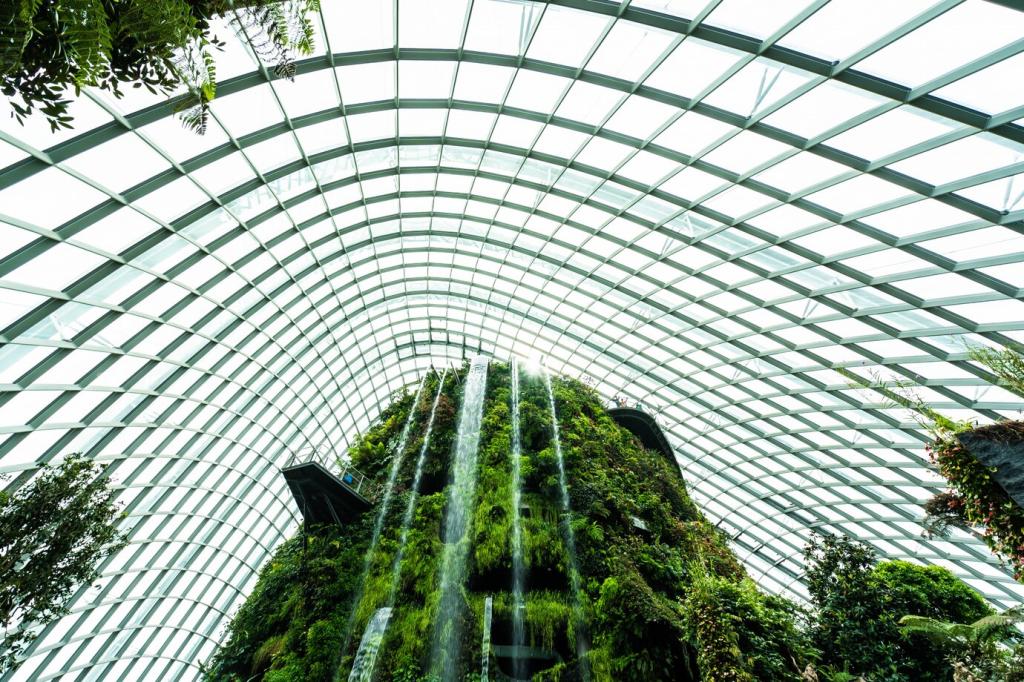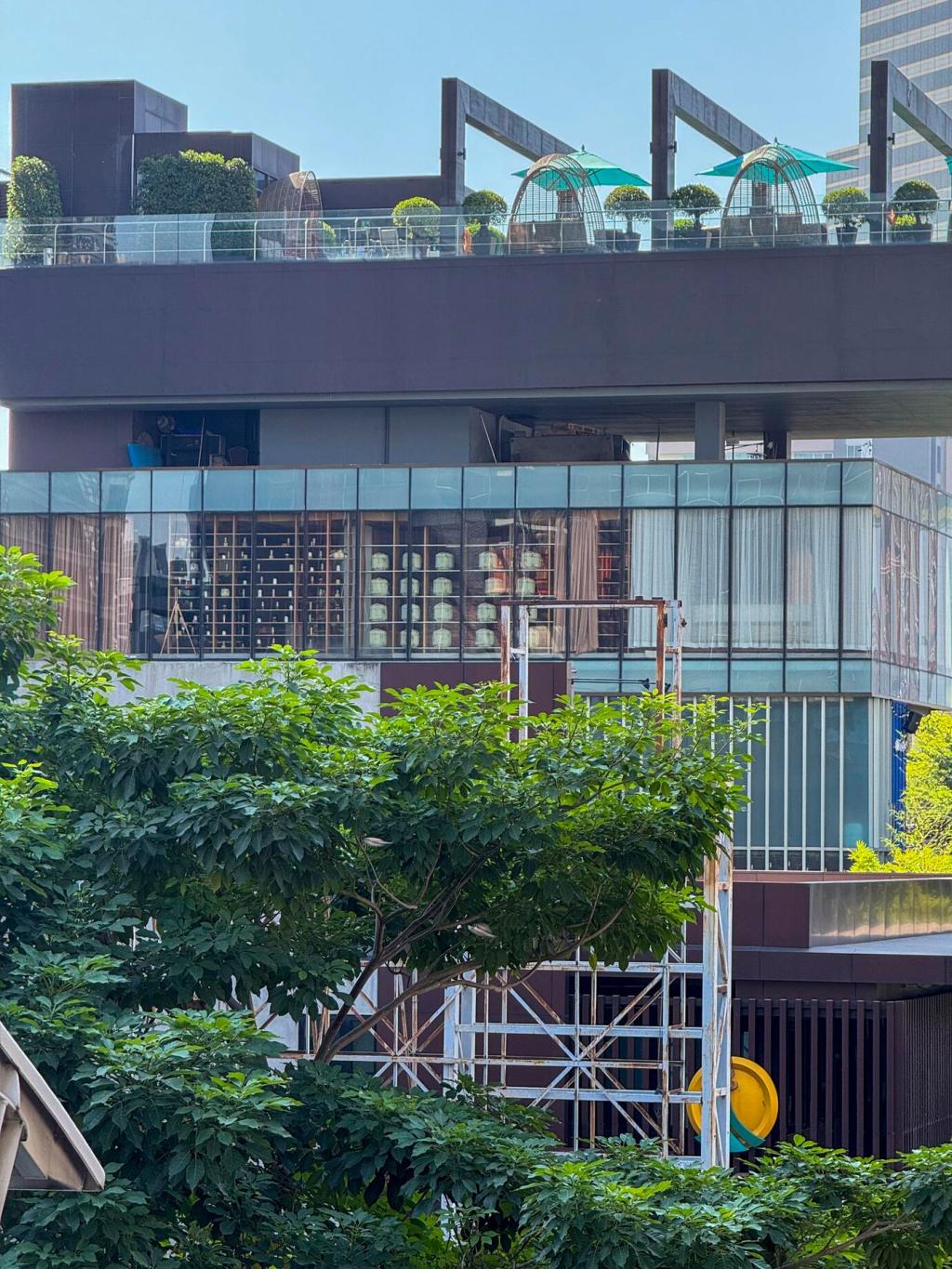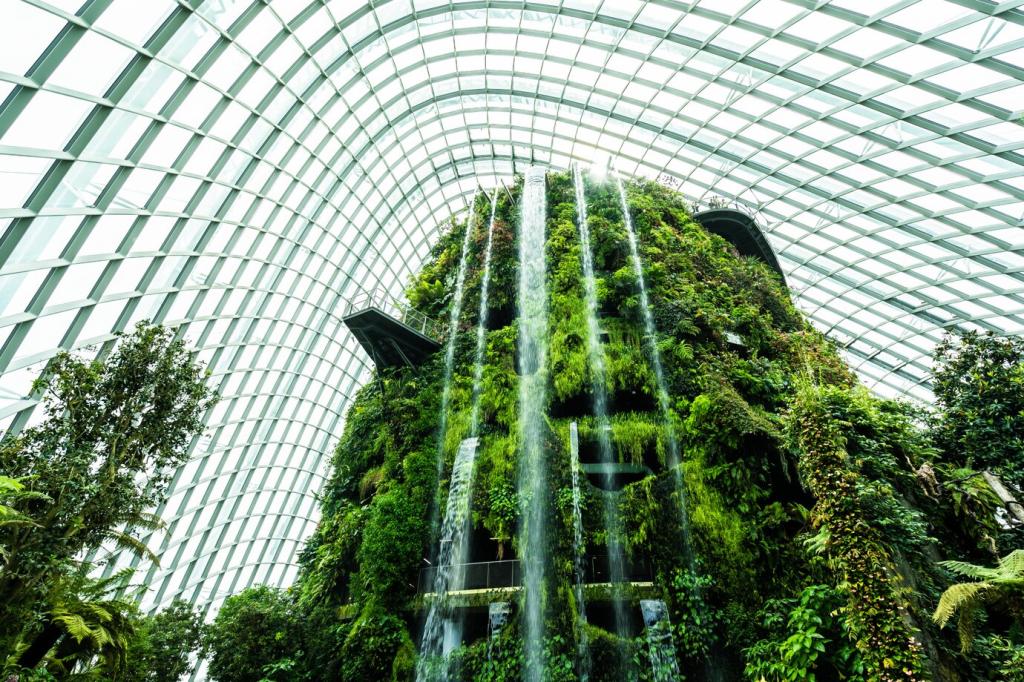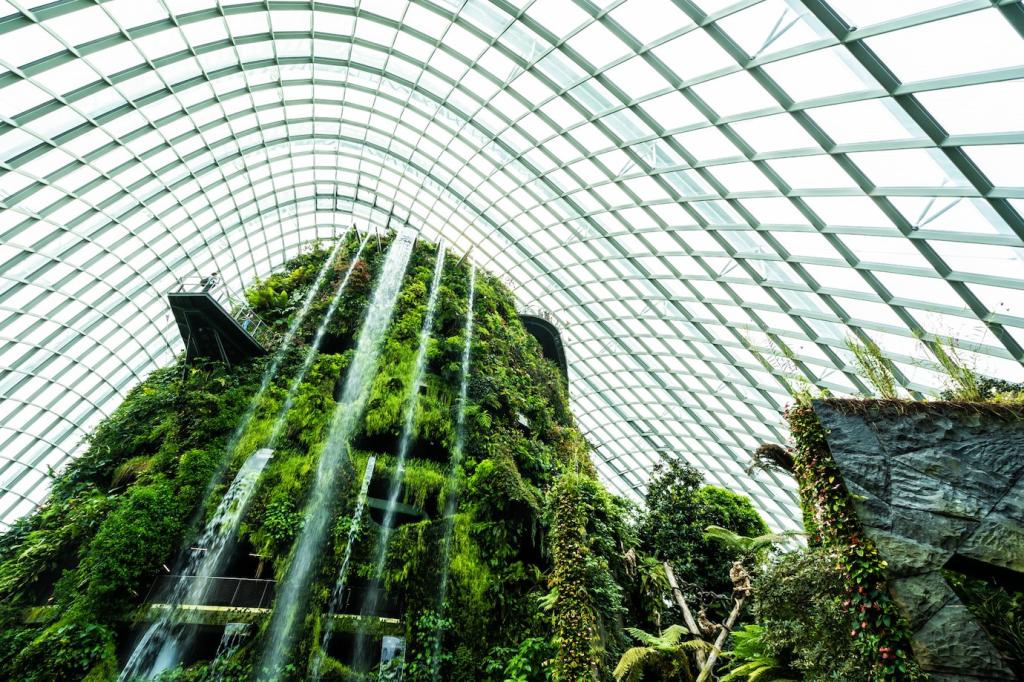Integrating Ecosystem Services in Green Roof Design
Chosen theme: Integrating Ecosystem Services in Green Roof Design. Welcome to a rooftop vantage point where ecology, architecture, and urban life co-create value. Here we celebrate green roofs that capture rain, nourish biodiversity, calm city heat, and restore human connection with nature. Subscribe and join our community shaping resilient skylines.
Designing for Functions, Not Just Flowers
When we design for stormwater retention, pollinator habitat, and microclimate cooling from day one, the plant palette, substrate depth, and drainage strategy transform. Beauty remains, but purpose leads. Tell us which ecosystem service you prioritize first when sketching a new roof.
A Rooftop Story: The Day Butterflies Found a Path
On a warehouse roof near a rail corridor, a native prairie mix stitched a corridor between two parks. One spring, painted ladies paused on coneflowers mid-migration, proving connectivity works. Share your own rooftop wildlife sighting to inspire other readers and designers.
Set Intentions and Measure What Matters
Ecosystem services flourish when goals are explicit: peak flow reduction, species richness, thermal comfort, or restorative views. Publish targets in your concept brief, then monitor. Comment with the one metric you’d adopt this season to focus your next green roof project.
Water Wisdom: Stormwater, Cooling, and Reuse
Retention by Design: Layers That Hold and Release
Substrate depth, biochar amendments, and retention mats slow water and feed plants. Pair them with raised overflows to delay discharge. If possible, route overflow to a cistern for irrigation. Tell us how you tune layers to match local rainfall and building structure.

Favor locally adapted species, staggered bloom times, and seed-bearing grasses. Mix shallow and deeper zones to support diverse rooting strategies. If wind is fierce, use nurse species the first season. What native trio—groundcover, forb, and grass—thrives for you on hot, dry roofs?
Biodiversity Above the Street: Habitat-Rich Roofscapes
Clean Air, Carbon, and Quiet: Invisible Services Made Visible
Leaves as Filters: Dust, Pollen, and Particulates
Fuzzy and textured foliage traps airborne particles that rain later rinses into soil. Combining hardy evergreens with seasonal forbs maintains year-round interception. Which plant species in your climate seem most dust-tolerant, and how do you clean leaf surfaces during drought spells?
Substrate as a Carbon Bank
High-quality mineral substrates with organic amendments can stabilize carbon while supporting root growth. Avoid excessive peat; consider compost screened for contaminants. Share your substrate recipes, and tell us how you balance weight limits with the ecological ambitions of your design.
Soundscapes: Softer Cities from the Top Down
Vegetation and porous materials scatter and absorb sound, softening mechanical noise and traffic hum. Layered canopies and parapet baffles help. Have you measured perceived quietness among rooftop users? Post your insights and help refine acoustic strategies for greener, calmer roofs.
Human Wellbeing: Restorative Places to Work, Learn, and Gather
Shaded seating, barrier-free routes, and intuitive wayfinding invite everyone to experience rooftop nature. Sensory plantings engage touch and scent. Restorative views reduce stress. How do you involve maintenance staff and neighbors early so the roof becomes a shared, cared-for space?


Human Wellbeing: Restorative Places to Work, Learn, and Gather
Modest planters of thyme, strawberries, and chilies create everyday engagement. Harvest days become community rituals that sustain stewardship. Tell us a favorite rooftop recipe or workshop idea, and subscribe for templates to organize seasonal volunteer events that keep roofs thriving.

Seasonal Tasks with Ecological Intent
Weed selectively to protect habitat, leaving seed heads for birds through winter. Top-dress bare patches after storms. Inspect drains without stripping leaf litter entirely. What seasonal checklist helps you preserve ecosystem services while ensuring safety and long-term roof performance?

Data Loops: Sensors, Logs, and Learning
Simple tools—moisture probes, temperature loggers, and photo points—build a living archive. Pair data with journals from users noticing comfort, birds, and blooms. Post your favorite low-cost monitoring method, and we’ll compile community-tested techniques for greener, smarter rooftop stewardship.


Policy, Incentives, and Co‑Benefits: Making the Business Case
Ask permitting authorities to recognize retention targets, biodiversity indices, and access standards. Include them in project briefs. Share a policy clause or guideline you’ve used successfully so others can adapt the language to their cities and institutions confidently and effectively.
Policy, Incentives, and Co‑Benefits: Making the Business Case
Stormwater credits, health and wellbeing outcomes, and habitat restoration add up. Frame your roof as district infrastructure, not just an amenity. Which co-benefits have opened doors with stakeholders in finance, facilities, or community relations on your recent projects?
Materials and Construction: Building for Longevity and Low Impact
Specify durable membranes, recycled-content protection boards, and mineral substrates with screened compost. Favor light-colored pavers to reduce heat near seating. Which product decisions have you found to be the greatest leverage for ecosystem service gains without excessive structural load?


Materials and Construction: Building for Longevity and Low Impact
Modular trays accelerate installation but can limit complexity; built‑in‑place systems enable varied depths, microhabitats, and curves. Hybrid approaches can deliver both speed and richness. Share how you decide between these paths and what details helped your last roof thrive quickly.
